If human activity has brought about the ocean-warming crisis, it is human-made artificial reefs – whether accidental shipwrecks or deliberate installations – that can help to counter its effects. That’s the view of marine biologists who have been analysing diver-supplied data about marine life on and around the Red Sea’s most celebrated wreck.
The Thistlegorm is the subject of a study just published by researchers from the University of Bologna’s Marine Science group, led by marine biologist Chloe Lee. The paper is based on analysis of the observations of divers who volunteered to take part in the “Scuba Tourism for the Environment” citizen-scientist monitoring project between 2007 and 2014.
The 128m British steel cargo steamship Thistlegorm was sunk by German bombers during WW2. The wreck lies 30m deep in the Straits of Gubal and, because of the sheer number of scuba divers it attracts – up to 175,000 in an average year – it was considered ideal for the purposes of the citizen-science project.
The volunteers were asked to provide their dive-computer data – hour and date of dive, maximum and average depth, temperature and dive-time – and to estimate on each dive the abundance of marine creatures observed from a target list of 72.
The reliability of the data they supplied was checked by comparing it with that collected by control divers – marine biologists from the university. This was considered to counterbalance a tendency for some divers to lean towards recording their favourite species.
All but one of the target 72 taxa (populations of organisms) continued to be sighted consistently on Thistlegorm throughout the eight years of the project and, taking into account seasonal variations and fluctuating water temperatures, the populations remained relatively stable.
Prominent targets for the divers included soft tree corals (Dendronephthya), giant moray eels (Gymnothorax javanicus), squirrelfish (Sargocentron), humpback batfish (Platax), the Carangidae family of ray-finned fish such as jack, Red Sea clownfish (Amphiprion bicinctus) and Napoleon wrasse (Cheilinus unulatus).
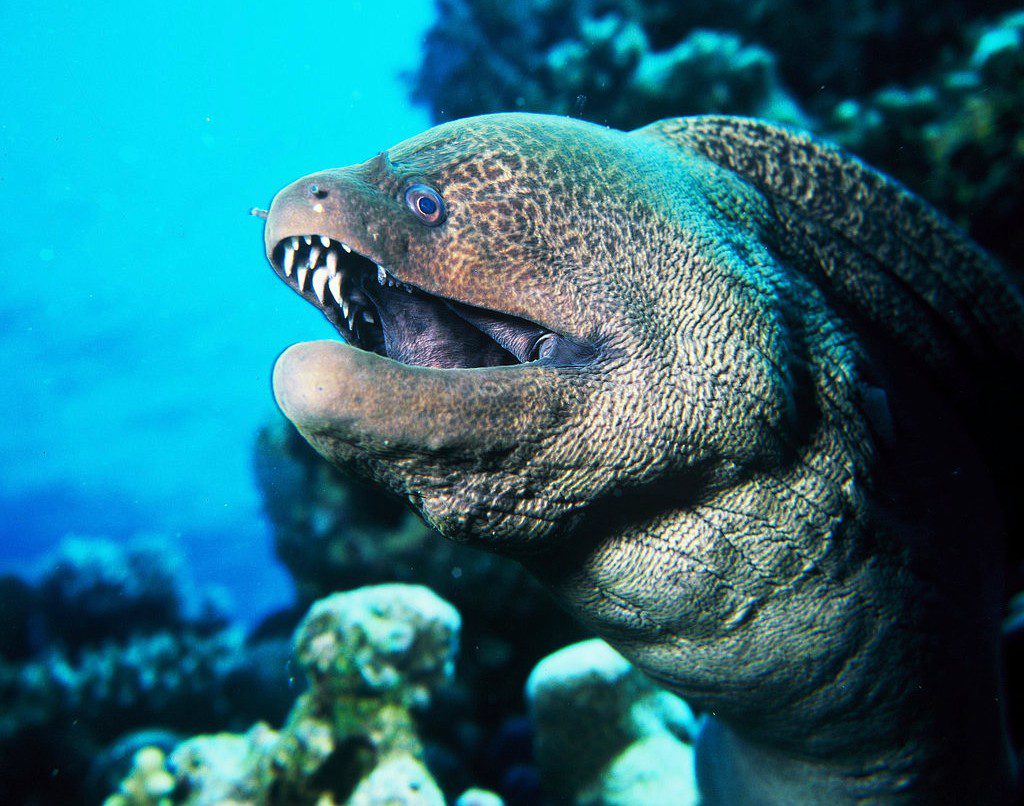
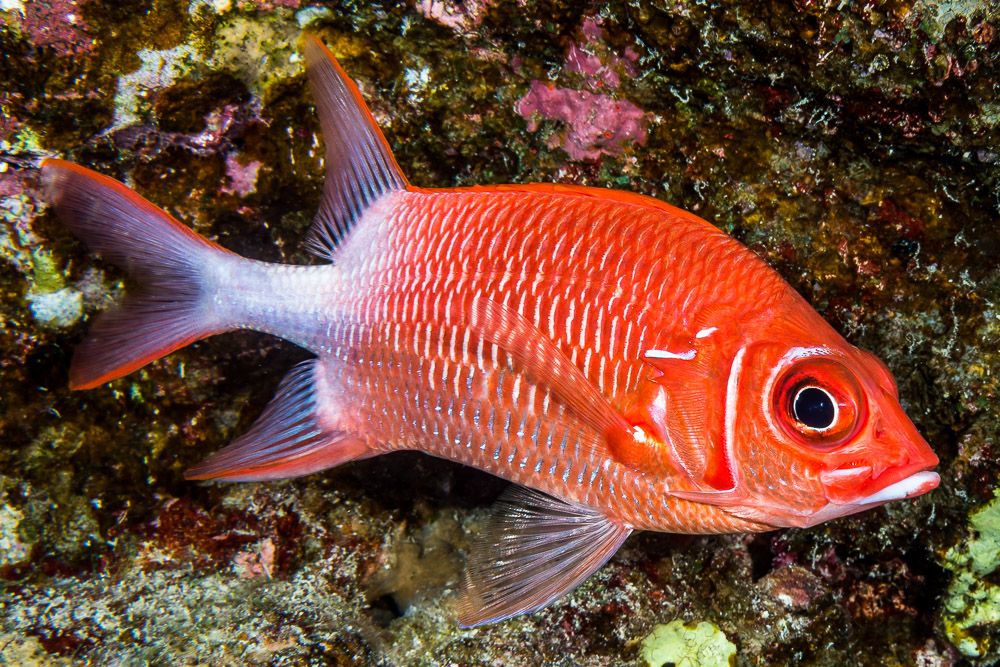
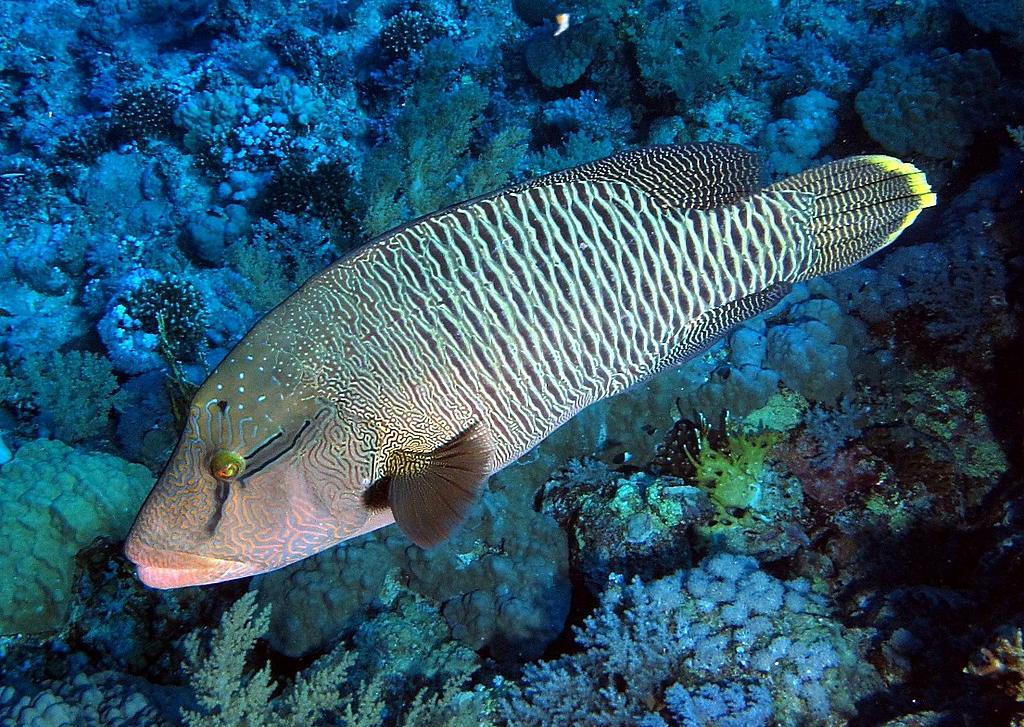
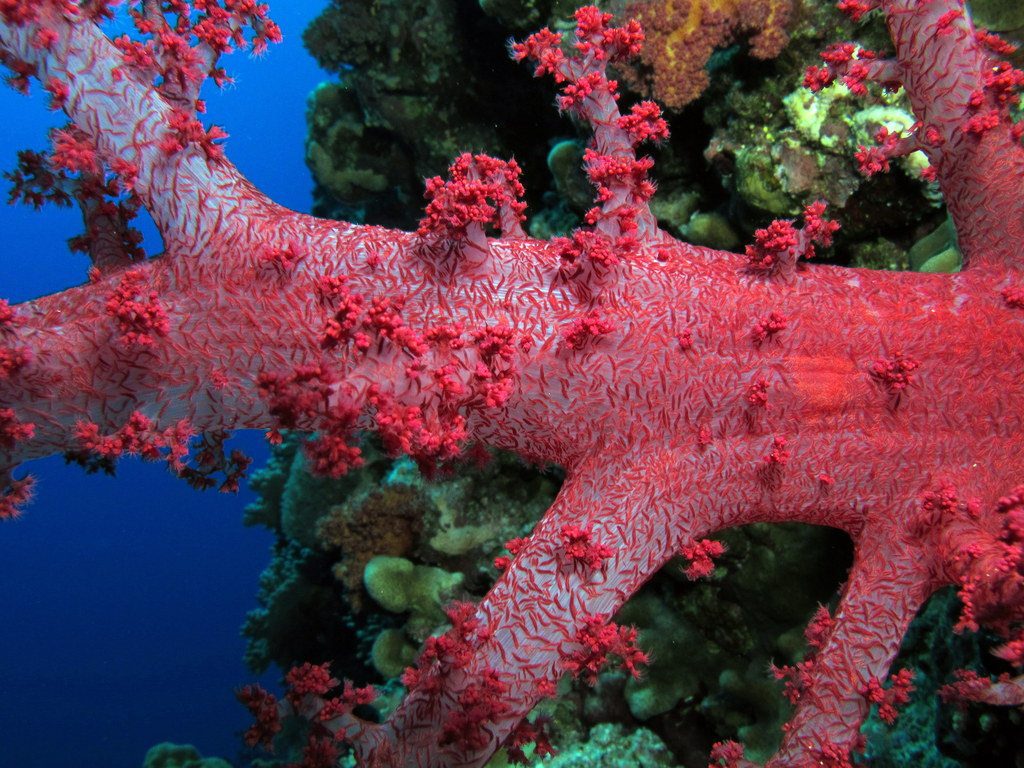
Conservation tools
Thistlegorm itself faces threats to its structural integrity from irresponsibly moored boats, inexperienced divers, souvenir-plundering and divers’ air bubbles, noted the scientific team. However, the ship was felt to represent many wrecks that lie in deeper, cooler waters than natural coral reefs and therefore better able to withstand the effects of ocean-warming.
Along coasts, such wrecks lying on soft seabeds significantly increase biodiversity of both fish and benthic species, while in open ocean they represent key microhabitats, according to the researchers, who say that all shipwrecks should be considered as “conservation tools”.
The Red Sea has one of the world’s largest coral-reef systems and many endemic species, and its northern reaches have been considered a “coral refuge” because, despite experiencing high sea-surface temperatures, very few coral-bleaching events have occurred there to date (though some decline in coral colony size and biodiversity has been noted).
“Large artificial coral-reef communities, such as those thriving on sunken shipwrecks, tend to mirror those of nearby natural coral reefs, and their long-term dynamics may help future reef resilience to environmental change,” say the researchers. They hope to see their investigation developed by comparing marine life at multiple northern Red Sea wreck-sites with that on nearby natural coral dive-sites.
“The ss Thistlegorm provides a compelling example of how artificial coral reefs can sustain a well-established community structure similar to those of their natural counterparts,” concludes the study, which is published in the journal PLOS One.
Also on Divernet: More Super-Corals – In The Red Sea, 360 VR Site – A New Way To Dive The Thistlegorm, Egypt To Extend Red Sea Reef Protection, Diving Their Socks Off
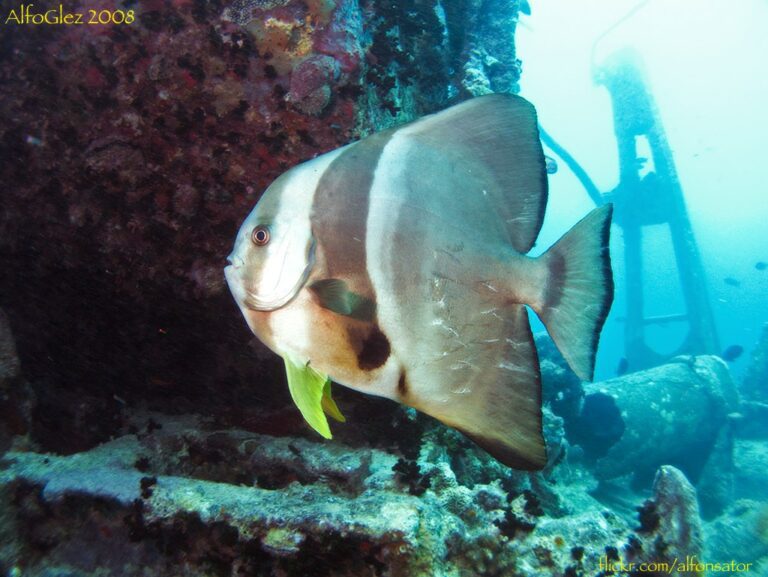

Had a great dive on the thistle form in 1993